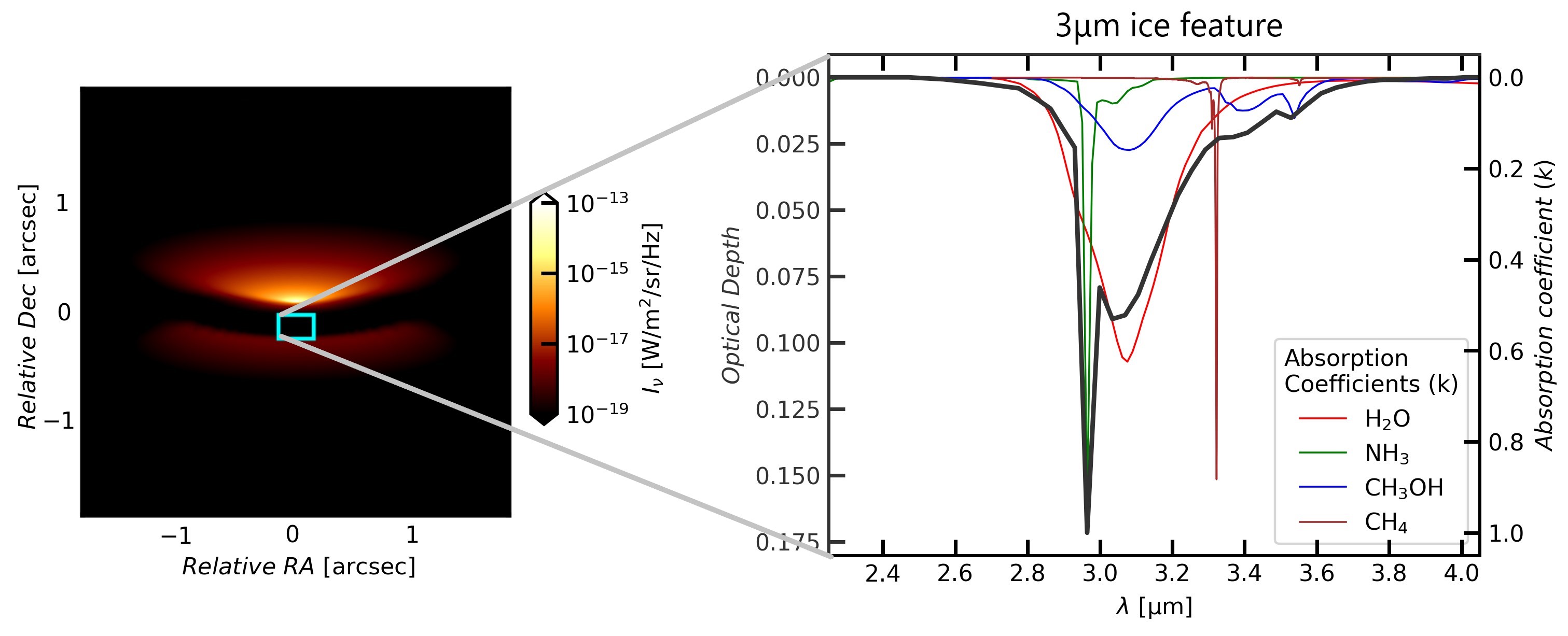
One of the latest developments of ProDiMo is to include ice opacities in the continuum radiative transfer. A new paper by


One of the latest developments of ProDiMo is to include ice opacities in the continuum radiative transfer. A new paper by